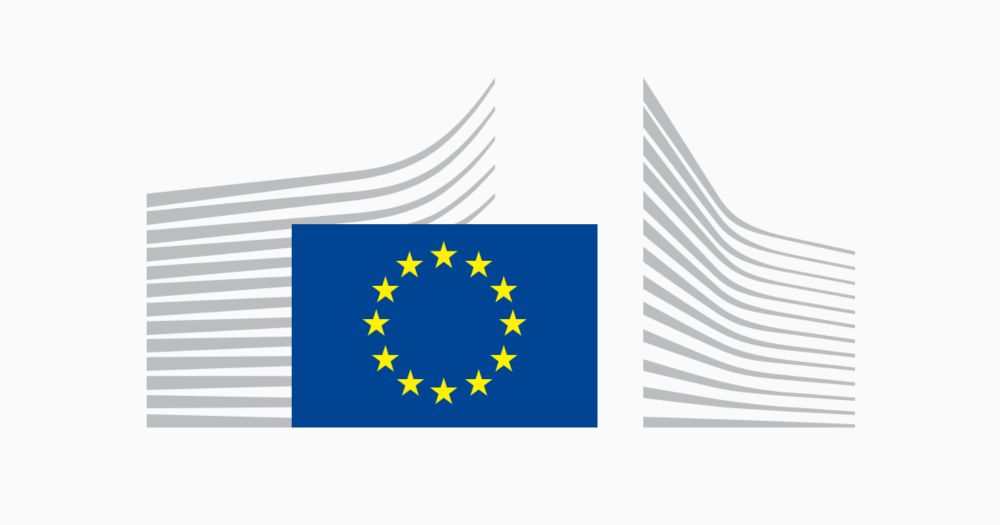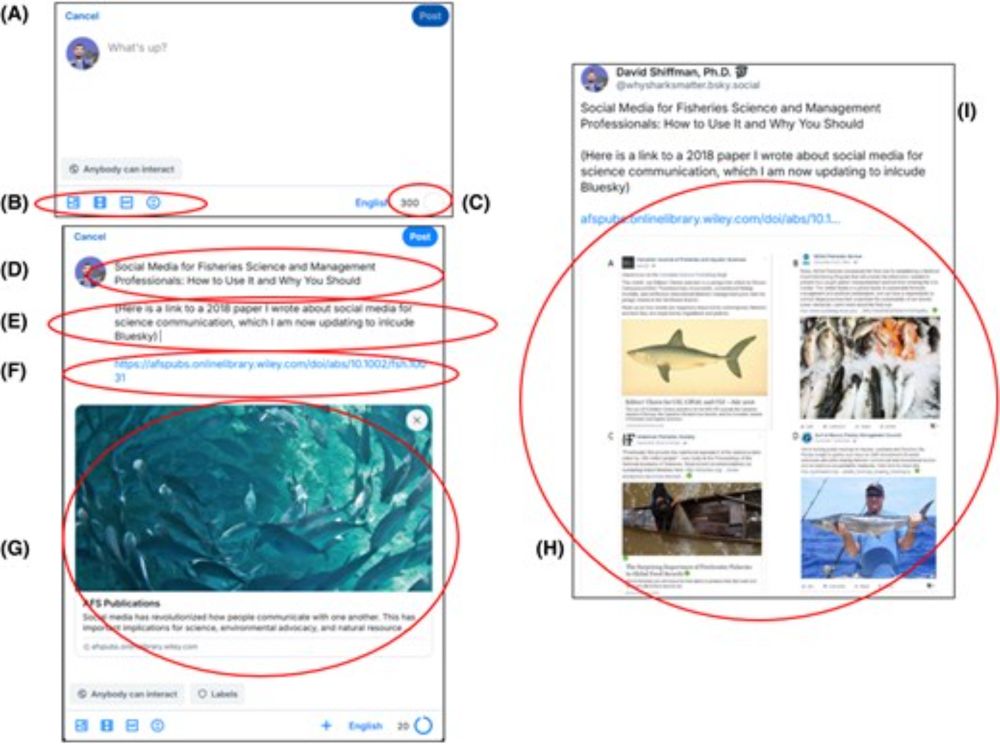
Web: dbaranov.com
Work: www.chemphys.lu.se
ORCID: orcid.org/0000-0001-6439-8132
@pubs.acs.org
#NanoLettBoardPick
@pubs.acs.org
#NanoLettBoardPick



www.nature.com/articles/s41...

www.nature.com/articles/s41...
@pubs.acs.org
#NanoLettBoardPick
@pubs.acs.org
#NanoLettBoardPick

www.newyorker.com/magazine/202...

www.newyorker.com/magazine/202...

www.nature.com/articles/s44...

www.nature.com/articles/s44...
It will build on past success by scaling proven solutions & investing where it’s most needed.
Learn more 💶 europa.eu/!w77nKY
#ThePowerOfTogether

It will build on past success by scaling proven solutions & investing where it’s most needed.
Learn more 💶 europa.eu/!w77nKY
#ThePowerOfTogether
This week, two single-nanocrystal studies caught my eye. One on flat PbSe nanocrystals of discrete thicknesses, and another on magic-sized CdSe clusters. #NanoLettBoardPick
This week, two single-nanocrystal studies caught my eye. One on flat PbSe nanocrystals of discrete thicknesses, and another on magic-sized CdSe clusters. #NanoLettBoardPick
It's a how-to guide to using Bluesky, the first ever published in the scientific literature! 🧪🦑🌎🐟
academic.oup.com/fisheries/ar...

It's a how-to guide to using Bluesky, the first ever published in the scientific literature! 🧪🦑🌎🐟
academic.oup.com/fisheries/ar...
This one explores the looming peer review crisis. As many of you know, it's becoming significantly more difficult for journal editors to find scholars willing to serve as peer reviewers for submitted manuscripts.



⚗️ Happy to have contributed supercrystals for comparison.
Congratulations to the whole team! 🥳
pubs.acs.org/doi/10.1021/...

⚗️ Happy to have contributed supercrystals for comparison.
Congratulations to the whole team! 🥳
pubs.acs.org/doi/10.1021/...
The Nanochemistry and Spectroscopy Group at Lund University is looking for a postdoctoral researcher to help us push forward our studies on collective phenomena in nanomaterials: lu.varbi.com/en/what:job/...

The Nanochemistry and Spectroscopy Group at Lund University is looking for a postdoctoral researcher to help us push forward our studies on collective phenomena in nanomaterials: lu.varbi.com/en/what:job/...




